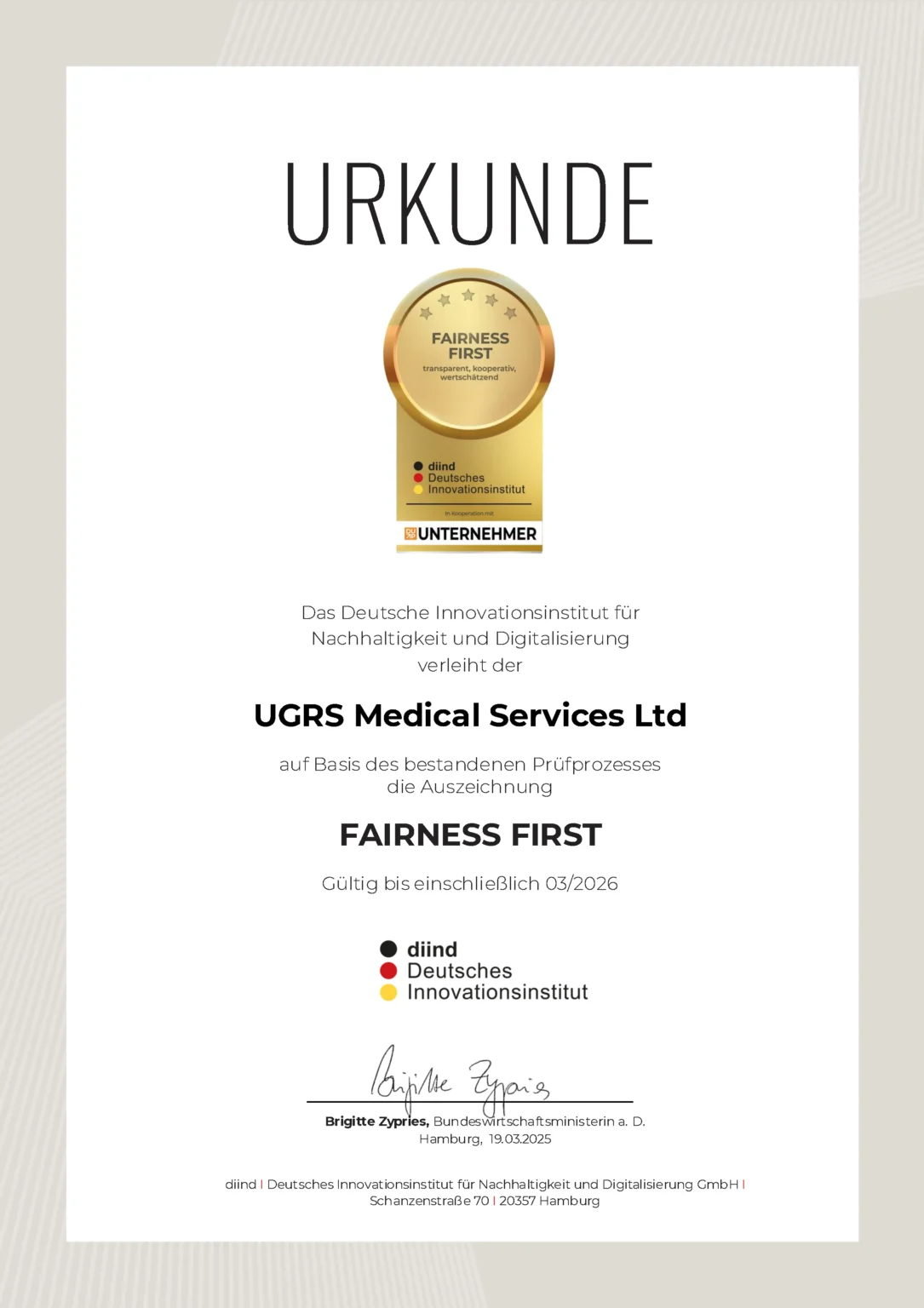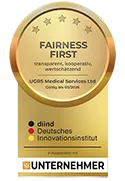Home » Uncategorized » Testicles
Testicles
The testicles are a central organ of the male sex organs. They are located in the
This definition explains the structure, function, development and medical significance of the testicles in an understandable way. It also explains the relationship to aesthetic and functional treatments such as penis enlargement , penis enlargement and penis thickening as questions about the testicles are often asked in this context.
Anatomical structure of the testicles
1. position in the body
- The testicles are located in the scrotum, a protective pocket of skin below the penis.
- As a rule, every man has two testicles, one on the left and one on the right.
2. shape and size
- The testicles are oval in shape and resemble small plums.
- On average, they measure around 4-5 cm in length and 2.5-3 cm in width.
- Size and shape can vary from person to person without this being pathological.
3. internal structure
- Inside are the seminiferous tubules in which the sperm are formed.
- These canals are highly tortuous and would be several hundred meters long if rolled out.
- The testicles are surrounded by a firm layer of connective tissue, the tunica albuginea, which provides stability.
4. blood supply and nerves
- Blood is supplied via the testicular arteries, while the veins ensure its removal.
- A network of nerves makes the testicles very sensitive to touch and pressure.
Functions of the testicles
1. sperm production (spermatogenesis)
- The testicles produce millions of sperm every day.
- This process takes about 64 to 72 days.
- Healthy sperm require a temperature slightly below body temperature - which is why the testicles are located in the scrotum.
2. hormone production
- Testosterone in particular is produced in special cells in the testicles, the Leydig cells.
-
Testosterone ensures:
Development of male sexual characteristics during puberty(beard growth, deep voice, muscle development)
Stimulation of sex drive (libido)
Support for sperm formation
Influence on bone and muscle strength
Development of the testicles
1. before birth
- The testicles develop in the abdomen and move down into the scrotum shortly before birth.
- This process is known as testicular descent.
2. childhood and puberty
- In childhood, the testicles are small and still inactive.
- With the onset of puberty, they enlarge significantly and take up their function: production of sperm and hormones.
3. age
- From around the age of 40-50, hormone production can slowly decrease.
- Fertility can also be slightly reduced with age, but is often maintained for a long time.
Diseases and abnormalities of the testicles
1. undescended testicles (cryptorchidism)
- If the testicles do not move into the scrotum after birth, this is known as undescended testicles.
- Timely treatment is important to avoid fertility problems later on.
2. testicular torsion
- This causes the testicle to rotate on its own axis, cutting off the blood supply.
- This is an emergency and must be operated on immediately.
3. inflammations (orchitis, epididymitis)
- Infections can lead to pain, swelling and redness.
4. testicular cancer
- A malignant disease that mainly affects young men between the ages of 20 and 40.
- Regular palpation is a simple way of early detection.
5. varicocele (varicose vein in the testicle area)
- Can affect sperm quality and is sometimes treated surgically.
Aesthetic and functional aspects
1. size of the testicles
- Many men unconsciously compare the size of their testicles.
- Differences are normal - usually one testicle is slightly larger or hangs lower.
2. self-perception
- Some men feel that their testicles are too small or too large.
- Such thoughts are often related to general body image and self-confidence.
3. medical interventions
- Unlike the penis, surgical changes to the testicles are rare.
- In certain cases (e.g. after tumor removal), testicular prostheses can be used to preserve the appearance.
Reference to penis enlargement, penis lengthening and penis thickening
1. optical unit
- The penis and testicles form a visual and functional unit.
- After penis enlargement or thickening, it is important that the relationship between the penis and testicles appears harmonious.
2. surgical aspects
- When enlarging the penis, it can be useful to change the transition between the penis and scrotum so that the penis appears visibly longer.
- The position of the testicles plays a role here.
3. hormonal significance
- The testicles not only control sexuality via testosterone, but also the healing and rebuilding processes after penile surgery.
Psychological and cultural significance of the testicles
- In many cultures, the testicles are a symbol of masculinity, fertility and potency.
- Idioms such as "having courage in your pants" also point to this symbolic meaning.
- The appearance of the testicles can have a strong influence on a man's self-confidence.
- Questions about size and shape play a role, particularly in connection with aesthetic procedures on the penis.
Summary
- The testicles are paired organs in the scrotum that are responsible for the production of sperm and the hormone testosterone.
- They develop in the abdomen before birth and later migrate to the scrotum.
- Diseases such as testicular cancer, testicular torsion or varicocele require attention.
- Aesthetically, the size and shape of the testicles can be very important for men, even if deviations are usually completely normal.
- In connection with penis enlargement, penis lengthening and penis thickening, it is important to consider the interaction between the penis and testicles in order to achieve a harmonious overall appearance and good functionality.
The medical information provided on this website is for general information purposes only and does not replace a personal consultation with our doctors. As a tertiary medical center, we are also available for second opinions.
© Copyright Jörg Hagen, Doctor
About the author
Jörg Hagen, doctor
The author Jörg Hagen has been the medical director of UGRS International Germany since 1995 and has over 30 years of experience in penis enlargement and complex urological issues. He is regarded as one of the leading experts in the interests of patients in Europe. His international activities, excellent diagnostics and legal successes in patient rights make his assessments particularly well-founded. Patients appreciate his scientifically based, discreet and trustworthy care. His articles are based on many years of practice and well-founded information at the highest level.
This content is for general information purposes only and does not constitute medical advice, diagnosis or treatment recommendations. It is in no way a substitute for a professional examination or treatment by a licensed physician. If you have any health complaints or uncertainties, please always consult a medical professional – especially if you have any questions about intimate surgery or sexual health.










